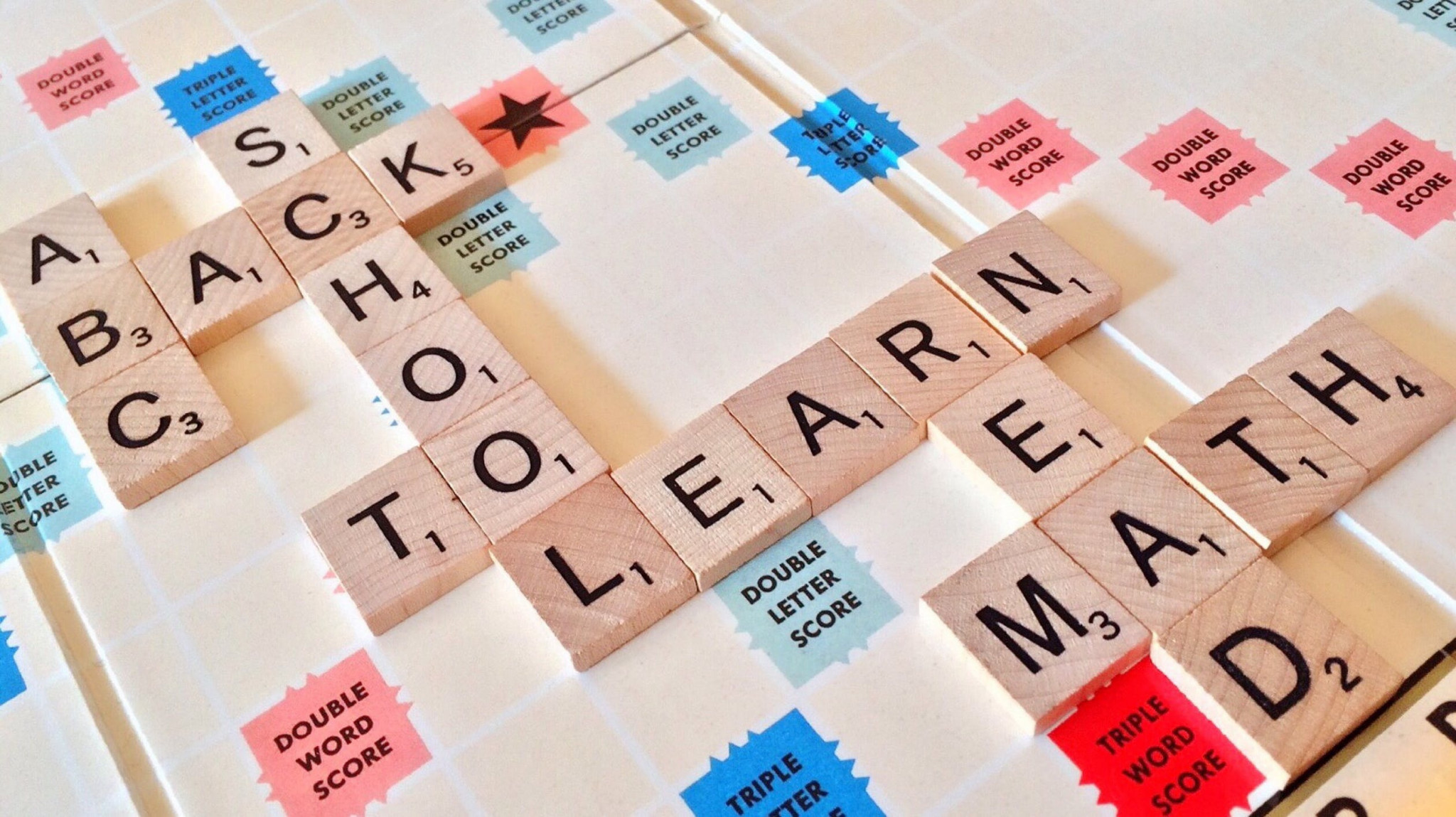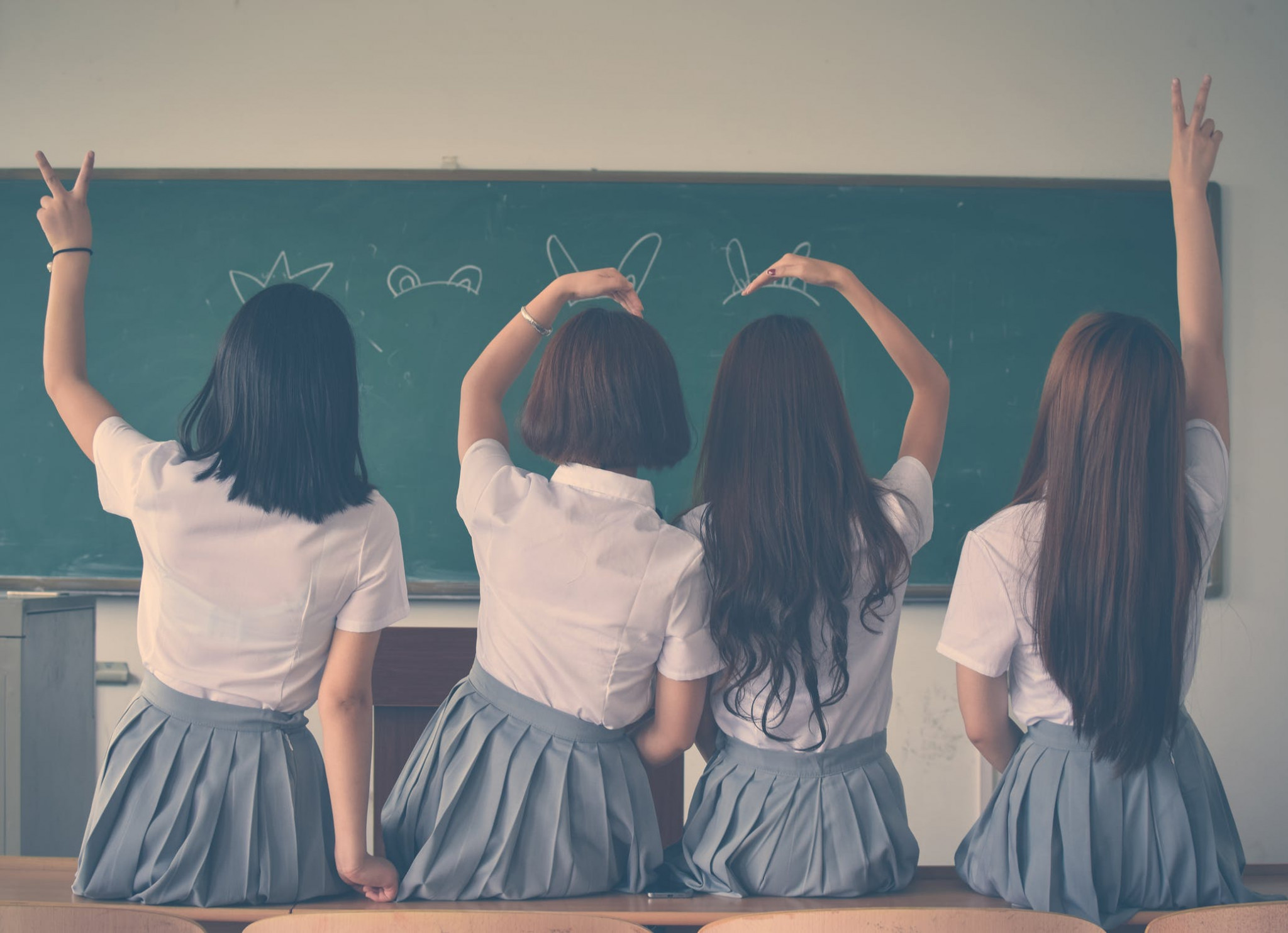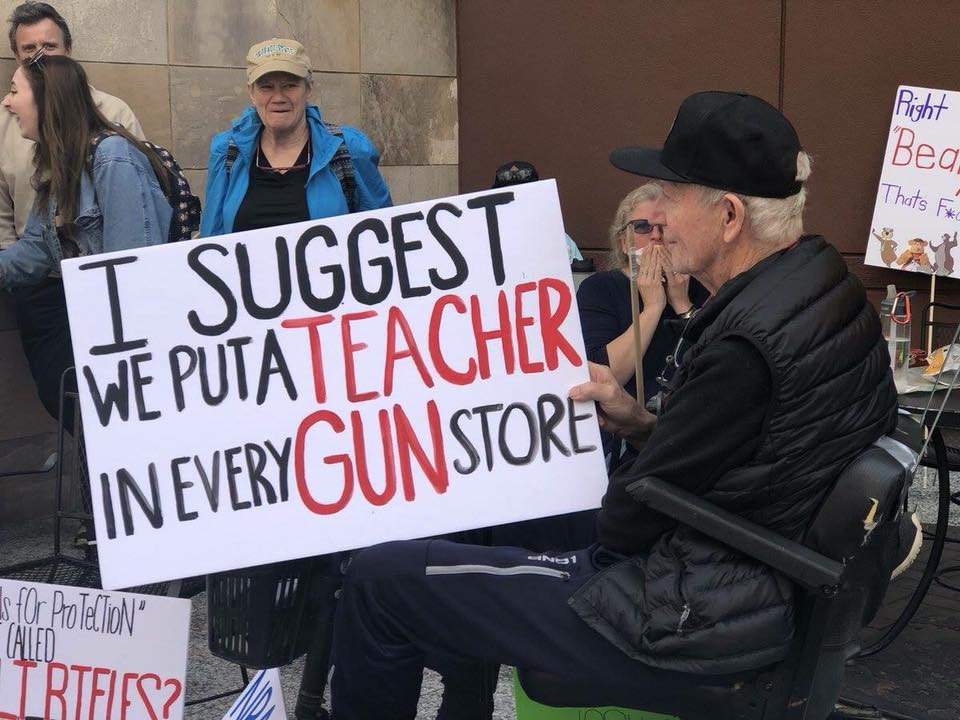10 Reasons Why Teachers Don't Want to Carry

- We didn’t get professional training in education to become armed guards.
Teachers go through four years of undergraduate professional training, and then in most cases, an additional two-year Master’s degree is required in order to retain professional status and licensure. We are also required to continue professional education for the duration of our careers in order to reapply for licensure. Teachers, therefore, consider themselves to be experts in the field of education.
Police officers, security guards, and armed forces members all receive their equivalent levels of rigorous professional training. These professions require hours of weapons training and target practice on a continuous basis in order to be accurate marksmen that appropriately handle these weapons under duress. They also receive training in how to approach various types of dangerous situations from a tactical standpoint. With that being said, how can we expect that our teachers will be able to receive continued training and professional learning in the field of education in addition to the training that would be required to safely and strategically handle weapons in the case of an emergency?
- Teachers already wear the hats of various other professionals.
 When teachers enter their very first classrooms, they are full of the cheery notion that every day the teacher will teach and the students will learn, and that is all that will be expected. Every fresh-faced educator soon learns the reality is that teachers are also expected to act as pseudo-parent, nurse, counselor, psychologist, referee, behavior specialist, coach, mentor, cheerleader, event coordinator, janitor, waitress, mind reader, judge, and jury…. the list goes on and on. This is a reality that teachers accept and embrace
When teachers enter their very first classrooms, they are full of the cheery notion that every day the teacher will teach and the students will learn, and that is all that will be expected. Every fresh-faced educator soon learns the reality is that teachers are also expected to act as pseudo-parent, nurse, counselor, psychologist, referee, behavior specialist, coach, mentor, cheerleader, event coordinator, janitor, waitress, mind reader, judge, and jury…. the list goes on and on. This is a reality that teachers accept and embrace
- Children and guns do not mix.
We have all heard news stories about children who have gotten their hands on parents’ guns and accidentally shot themselves or someone else. Curiosity is in the nature of children. By introducing weapons into the school setting, we are only inviting the opportunity for this type of tragic accident. Yes, we would hope that these weapons would be responsibly stored and impossible for children to get their hands on, but realistically parents and teachers alike know that many improbable events can occur in a matter of seconds when children are involved. We also live in a world where children do not always do as they are told, and it would only take a moment for a disgruntled or deregulated student to grab a weapon away from a teacher. The argument here has been to keep them locked in a gun safe within the school. What good would this do in the event of an active shooter being in a building? By the time the secured weapons were accessed, it could already be too late.
- We do not have the funding for the supplies necessary to teach.
 Imagine going to your office job every day
Imagine going to your office job every day
- We do not have the funding to properly staff our schools.
There may have been a point in time when the lone classroom teacher was sufficient to fulfill the needs of the students in front of him or her, but those days are long gone. Now we are faced with overpopulated classrooms full of students whose needs are beyond the capacity of any one educator. And I might add, this is not a reflection on the abilities of any given classroom teacher. One person can only do so much.
The argument is often made that any good teacher with a well-managed classroom is unaffected by class size. Any teacher who has actually taught in a classroom full of children with diverse needs knows that this is a cover to excuse the fact that classes are too large, the needs are too great, and there is no financial way to do anything about it. On top of class size, layer in the fact that students increasingly require special education services, English-language learner services, and often come to our classrooms with a history of trauma. If we cannot meet the essential academic and emotional needs of our students by employing a full staff of professionals in every building, how can we afford to financially provide the training required to make our
- Students should not grow up viewing armed security in school with a sense of normalcy.
 We know that times have changed. We know that we live in a scary world where these tragedies happen far too often. We also know that we need to make changes to protect the beautiful little people we stand before each day. But we also know that we do not want the impending threat of violence to be at the forefront of each day.
We know that times have changed. We know that we live in a scary world where these tragedies happen far too often. We also know that we need to make changes to protect the beautiful little people we stand before each day. But we also know that we do not want the impending threat of violence to be at the forefront of each day.
- Teachers have families, too.
When we signed up to be teachers, we knew that we were signing up to carve out pieces of our hearts for the little people that would be set before us each year. We knew that we would cry tears of joy for their successes, and tears of sadness when their parents passed or the foster system carried them away from us. But we did not sign up to be martyrs. That may sound harsh, but teachers, too, embark on the journey of parenthood. Our spouses deserve to have husbands and wives, our parents their daughters and sons. We didn’t sign up to be a teacher with the understanding that we would be expected to be human shields. There are so many heroic educators who have done just that, who have sacrificed their lives and stood in front of bullets. However, this should not be the expectation. Teachers already sacrifice so much of themselves and the time they could be spending with their own children and families, how can we ask them to commit to making the ultimate sacrifice as a standard?
- More guns will not solve the issues we have with mental health in this country.
We can put a gun on the waist of every teacher in the country, but that is not going to positively affect the state of mental health. When we analyze the increase
- Not all teachers are mentally equipped to handle a weapon.
 This one may be a bit controversial, but it is safe to say that in any workplace there are coworkers who we probably feel should not be armed for various reasons. We may know coworkers whose mental stability we question. It is always a possibility that arming an adult in the building may potentially be creating an active shooter situation. Teachers are human beings with faults, and there have been instances where teachers have had mental breaks. Do you want that teacher armed?
This one may be a bit controversial, but it is safe to say that in any workplace there are coworkers who we probably feel should not be armed for various reasons. We may know coworkers whose mental stability we question. It is always a possibility that arming an adult in the building may potentially be creating an active shooter situation. Teachers are human beings with faults, and there have been instances where teachers have had mental breaks. Do you want that teacher armed?
There is also the reality that not all teachers are able to remain level-headed in dangerous situations, or the possibility that a teacher may misinterpret a situation. A teacher could be in a state of panic during an armed intruder situation and accidentally pull the trigger at the wrong time, wounding or killing a student or other staff member. There is the potential for a drill to occur and a teacher to panic and think it is a real emergency. Not every teacher has the ability to react appropriately in these situations, and there is nothing wrong with that. We all have our strengths and challenges, but we should not force teachers into a situation which could potentially increase the danger to our students.
- Teachers sometimes serve as the only positive role models in the lives of students.
As teachers, we try our very best to demonstrate the qualities we would like to instill in all our students. There are many students we have taught who do not have a single







